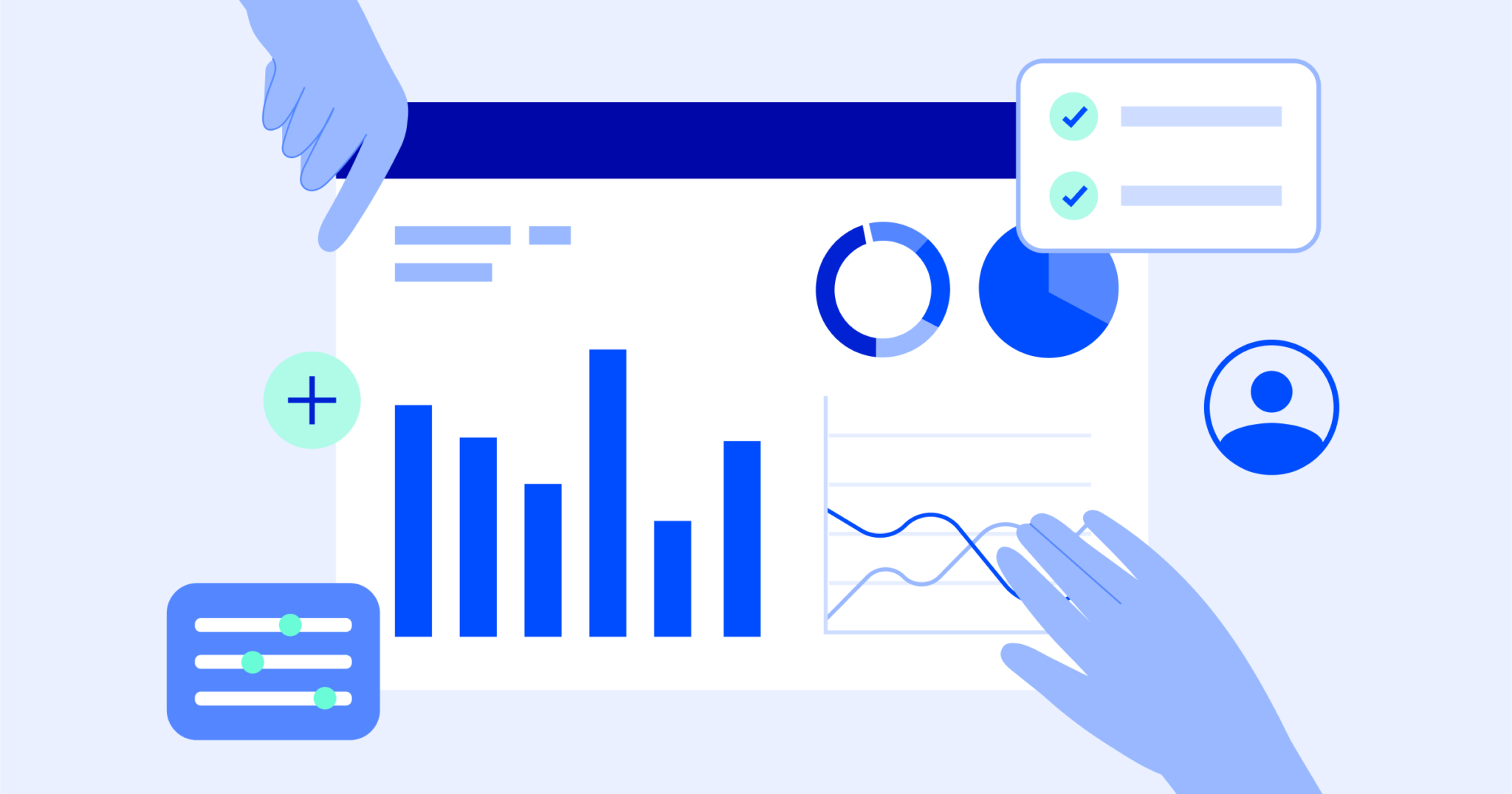Introduction to Lead Scoring
In the fast-paced world of sales and marketing, identifying the most promising leads can make all the difference between success and stagnation. Lead scoring offers a systematic approach to evaluating and prioritizing leads based on their likelihood of converting them into customers.
Lead scoring involves assigning numerical values or scores to leads based on various factors such as demographics, behavior, and engagement level. By quantifying the potential value of each lead, businesses can streamline their sales and marketing efforts, focusing their resources on leads with the highest probability of conversion.
Remember, your lead scoring system is only as good as its rules.
Let’s dive into a seven-step plan for creating an optimal scoring system. Following these steps will give you a balanced point distribution that accounts for fit and behavior. In short, your system will boast the complexity needed to prioritize your very best leads accurately.

Step 1: What Do You Require?
To create an optimal scoring system, you must first establish the minimum criteria a lead must meet to become a customer. Consider only the required qualifications. For instance, your customer may need to be 18 or older or live in a specific region.
If you’re struggling to identify your minimum requirements, consider factors that disqualify leads from becoming customers. From that perspective, you should be able to determine the bare minimum benchmarks leads must meet to earn your attention.
Step 2: Who Are You Targeting?
Next, identify the core qualities of your target market. If you are familiar with your existing customer base, you’ll probably be able to list many of those attributes quickly. Unlike the minimum qualifications referenced in step one, your contacts don’t need these characteristics to qualify as customers. Instead, the core qualities are traits that your typical customer possesses, and the goal is to identify prospects that are most like your typical customer. If leads are similar to your existing customer base, they are likely a product fit.
Step 3: Who Is Your Ideal Lead?
Now, you want to identify the characteristics of the “perfect” customer so that such leads earn a higher score. Consider what makes some leads better than others. What are the qualities and characteristics of your ideal leads? For example, such characteristics might be factors like budget size or a short timeframe to purchase.
For further guidance, you could survey your customers or create a spreadsheet that details the characteristics of your highest-paying customers. That way, you can identify common threads and score such factors appropriately.
Step 4: How Do Customers Behave?
In this step, we shift focus from the characteristics and qualities of leads to their behaviors. Behavior-based rules identify interested, highly-engaged leads.
Begin by listing all possible behavior leads can engage in. While some behaviors are more important than others, assigning a point value to all behaviors (even if it is a very small value) is helpful. Don’t exclude behaviors just because they seem unimportant. Balance is crucial.
- Email opens
- Email clicks
- Email replies
- Email forwards
- Social media shares
- Web page visits
- Website sessions
- Contact requests
- Downloads and form submissions
- Free trials
- Product demos
If you have a follow-up campaign, note the behaviors it provokes. What calls to action does it contain? Actions that the majority of your leads take before converting are called critical conversion behaviors. Those might include starting a free trial or requesting a sales demo.
A thorough analysis of your Google Analytics and ActiveCampaign site tracking data should clarify critical conversion behaviors. Note which actions are critical conversion behaviors so you can assign them the appropriate number of points.
Step 5: Distribute Points
A straightforward 1 – 100 lead scoring scale will suffice for many companies. Once you have a system and a set of rules, you must distribute your points.
It can be tempting to assign points to individual rules simply by judging the rule’s importance. Instead, begin by assigning a maximum value to categories of rules. Then, you can distribute points to individual rules in each category. This way, you end up with a balanced system that gives proper weight to different factors. That approach prevents a system that scores leads highly merely because they match your target market or display highly engaged behavior — the true best leads meet both qualifications.
Step 6: Refine and Tweak Scores

As long as you continue to make adjustments, your lead scoring system will improve. Schedule time to review your scoring system’s performance, perhaps every 30 days to start.
Once you have 30-plus days of data, posing thoughtful questions help you to analyze more deeply. Like did any low-scoring leads convert? And did any highly-scored leads falter? Once you have those answers you can identify new lead scoring rules or adjustments in point distribution that could prevent those scenarios.
Ultimately, you want to be sure you are identifying all your best leads. When a high quantity of low-scoring leads convert, that suggests your scoring system may be ineffective. If you examine those leads closely, you may find additional rules to boost their scores.
Remember, your lead scoring system is unlikely to be perfect right away. But if more high-scoring leads than low-scoring leads convert, then you are on the right path.
Using Lead Scoring in ActiveCampaign
ActiveCampaign’s lead scoring tool — located in the Contacts section of your account. You can score contacts and deals. ActiveCampaign’s lead scoring is also unique in that you can use lead scores within automation start triggers and action steps.
You can set up as many distinct lead-scoring programs as you want. You can create a variety of lead-scoring systems for different categories. For instance, you could have separate scores for characteristics and engagement and unique scores for email interaction and site tracking.
Let’s explore just a few use case examples to consider when building your lead scoring system:
- Identify and target leads that need nurturing – Lower-scoring leads may need additional nurturing to increase their interest and engagement. With AC’s marketing automation, you can segment your leads by score and drop them into nurturing campaigns intended to yield sales-ready leads.
- Test assumptions about your target market and sales process – How well do you understand the characteristics of your customers and the patterns of behavior that results in purchases? Think of your lead scoring as a predictive model. Continue to refine and improve it over time. If it’s accurate, you can even forecast revenue based on the amount of high-scoring leads in your pipeline.
- Identify your advocates – Lead scoring tools track your customers’ engagement, allowing you to identify extremely satisfied, highly-engaged fans of your company. Those customers are often eager to recommend your company when the opportunity presents itself, and you can encourage such praise with automated campaigns.
- Standardize how leads are discussed and evaluated – Lead scoring gives marketing and sales teams a common language for discussing the quality and quantity of leads. By scoring behaviors based on their likeliness to lead to conversion, marketers can generate more leads by adjusting their inbound marketing to target specific factors that result in high scores.
- Refine your marketing messages – You may find that your best leads respond to slightly different marketing. By segmenting those contacts that are the best match for your business, you can test various approaches that might not work for less-interested leads. Remember the key to successful email marketing is sending the right message to the right group of people at the right time through the right medium.
Summary
Lead scoring is a powerful marketing automation tool. A quality set of lead-scoring rules helps your marketing department create better leads and helps your sales team convert more leads. When you invest in creating and perfecting an optimal lead scoring system, leads are addressed according to their exact fit and interest, allowing you to meet your prospects in the various pathways of your customer journey and focus on those who are most likely to convert.



